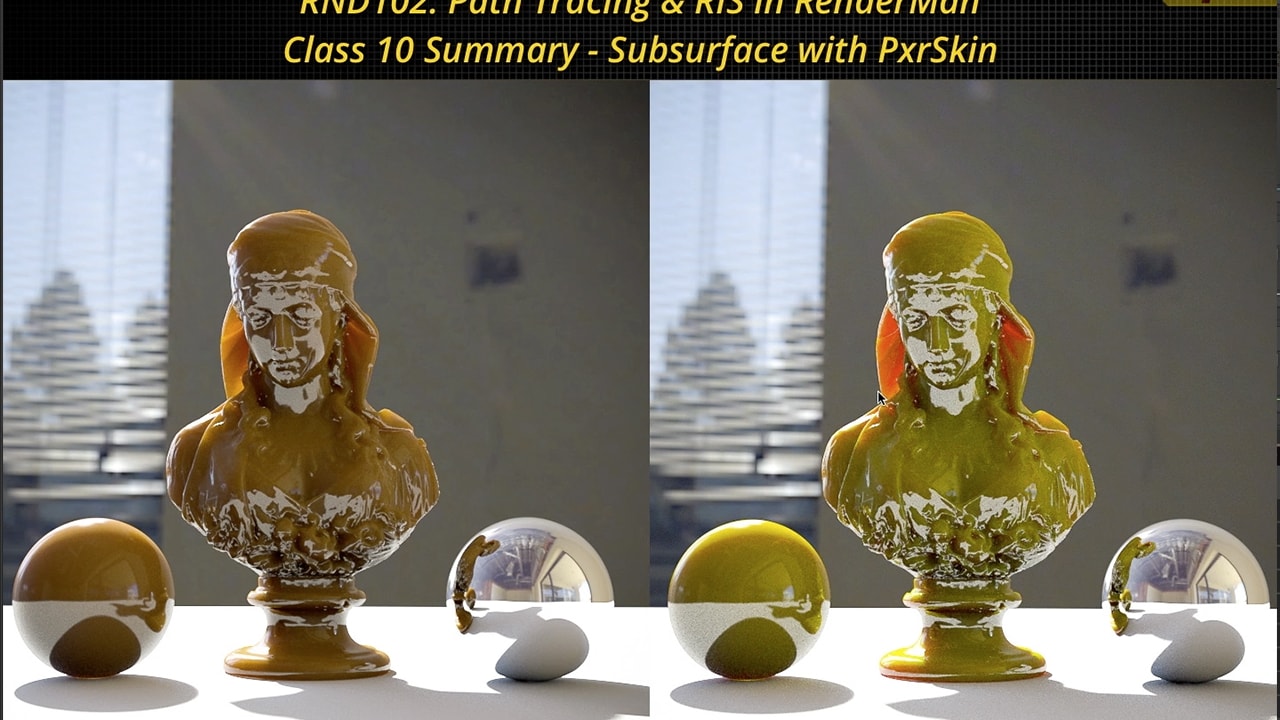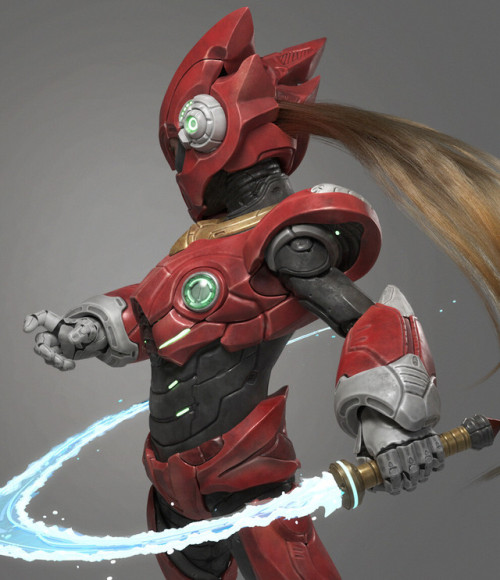

As a result of graphics-specialisation GPU rendering is generally considered faster than CPU rendering. GPUs work well with specialised in rendering tasks. GPU (Graphics Processing Unit) rendering is a way of calculating on the video card, rather than the CPU (Central Processing Unit). Their features also play an important role, but rendering features are generally more important in large teams and the bigger studios.įor speed considerations, it’s important to understand what GPU and CPU rendering is. Since most renderers produce images that are similar in quality, the choice of renderer can often come down to speed and cost, especially for students, individuals and small teams. It is straightforward to switch renderers once you’ve learned one because they all borrow from the same core concepts.

The various raytracing renderers produce relatively similar results, and even we as professionals have a hard time picking which renderer was used to create an image. These renderers are PBR or Physically Based Renderers which means that their focus is on producing realistic images, though they also use some NPR features (non-photoreal/cell shading) as well. All renderers will be moving into the viewport soon, but they are still not considered genuinely real-time. Raytracing speeds have gained over the last few years, and we are starting to interact with them in real time, even so, it’s important not to confuse this with games or the faster Maya viewport “Viewport 2.0”. Reserisation is used in games and for the viewports such as Maya’s “Viewport 2.0”. These renderers are “raytracing”, engines not “rasterisation”. The renderers here are usually considered “Offline Renderers” and produce superior rendering results, but they are not intended for games or very-fast real-time viewport navigation.
#RENDERMAN VS ARNOLD PRO#
If you’d like to use Zoo Tools Pro, purchase our “Site Subscription”, then immediately cancel it for only $10, you’ll still have access for the whole month, and you can keep Zoo Tools Pro v1 forever! You can also download all our rigs and check out all tutorials too. You can also convert between these renderers too with some limitations. Our scripted generic shader/light file format supports Arnold, RenderMan and Redshift. This page will still be helpful if you do not use Zoo Tools Pro. The lighting and shader tools will help you to learn all three renderers under the same easy to use UI.
#RENDERMAN VS ARNOLD FREE#
Zoo Tools Pro comes free with any site purchase. Zoo Tools Pro – Light, Shader And Asset ManagersĬreate 3d Characters supports Arnold, Renderman and Redshift, and we make use of our Lighting and Shader Managers which is part of our tools called “Zoo Tools Pro”.

Pleased Dragon – Renderman 21 Final (.ma 100.0 MB) Pleased Dragon – Redshift 2 Final (.ma 100.0 MB) Pleased Dragon – Arnold 5 Final (.ma 100.0 MB) Pleased Dragon – Tutorial Start (.ma No Renderer 100.0 MB) (Scroll down to here for the video tutorials) If you are starting out, choose one renderer. It is only necessary to learn one renderer. – Edit shaders to produce different material types – Change render size and basic render settings In Arnold, Renderman, and Redshift, you’ll learn how to… The 3d sculpt is by instructor Andrew Silke. *Big thanks to Ville Sinkkonen for letting us use his killer 2d design of his Pleased Dragon artwork. Redshift 2 (free watermark version, requires Nvida GPU video cards) Renderman 21 (free PLE download, Pixar’s Renderer) Welcome to this page covering quickstart guides to three renderers…


 0 kommentar(er)
0 kommentar(er)
